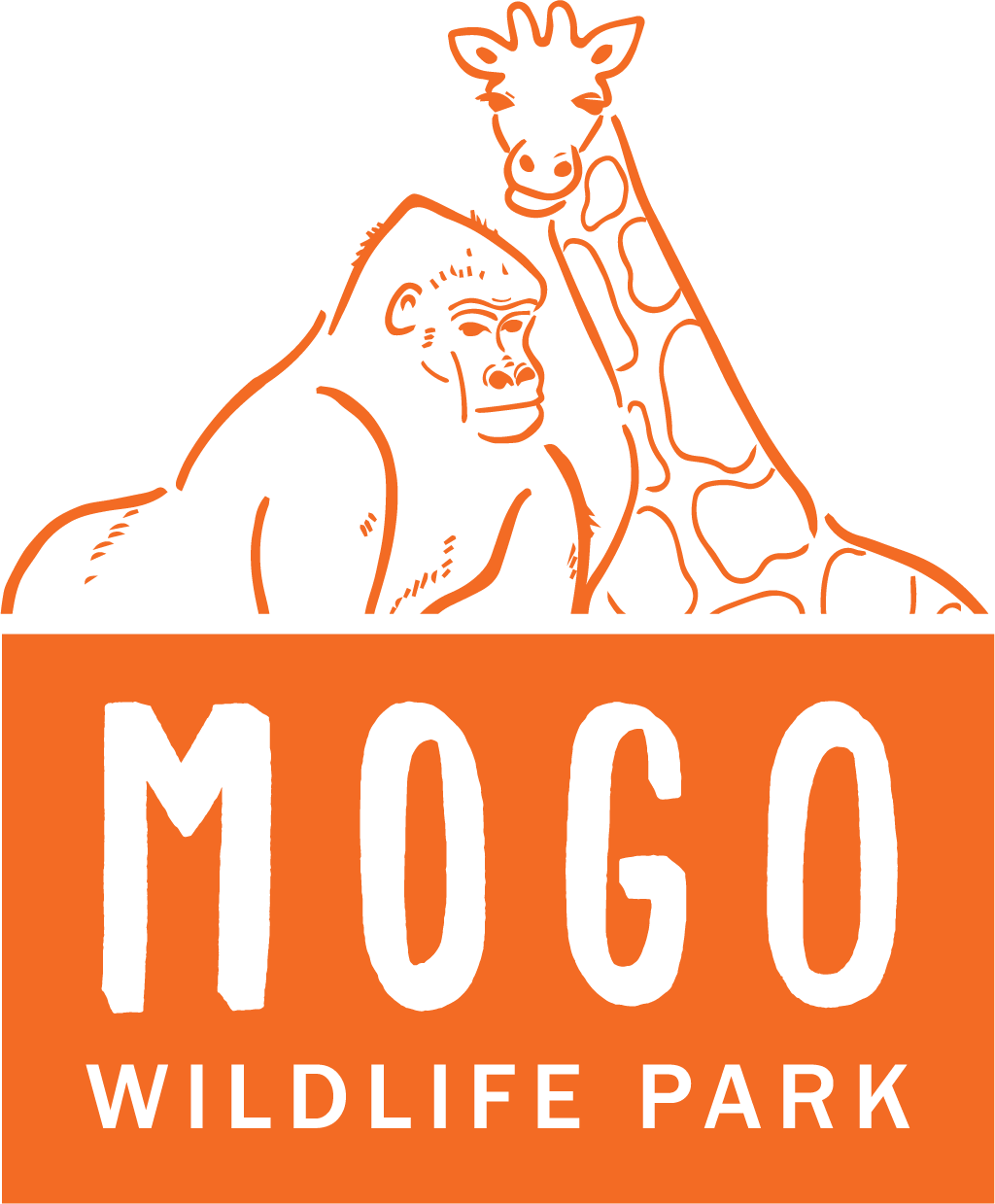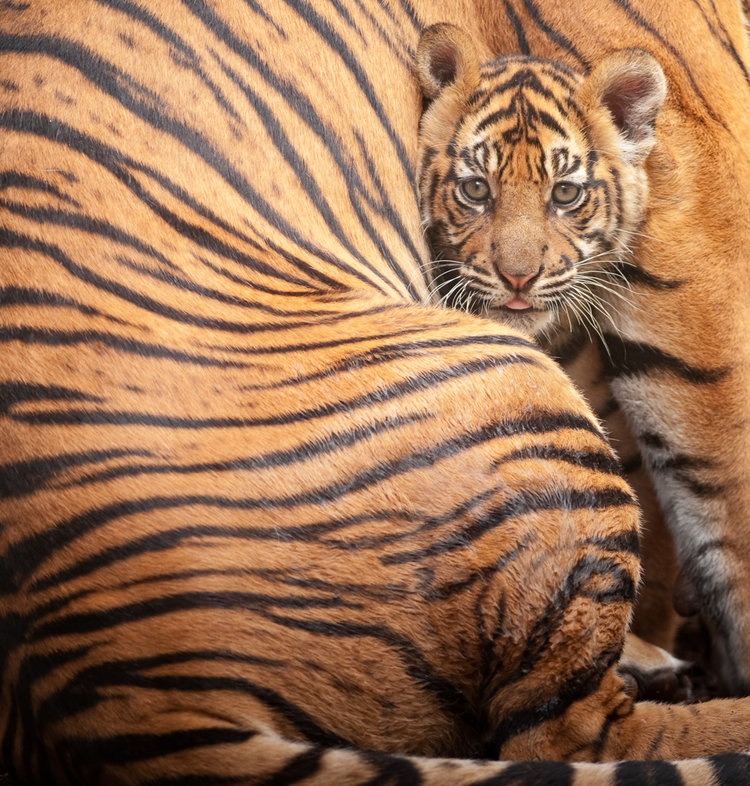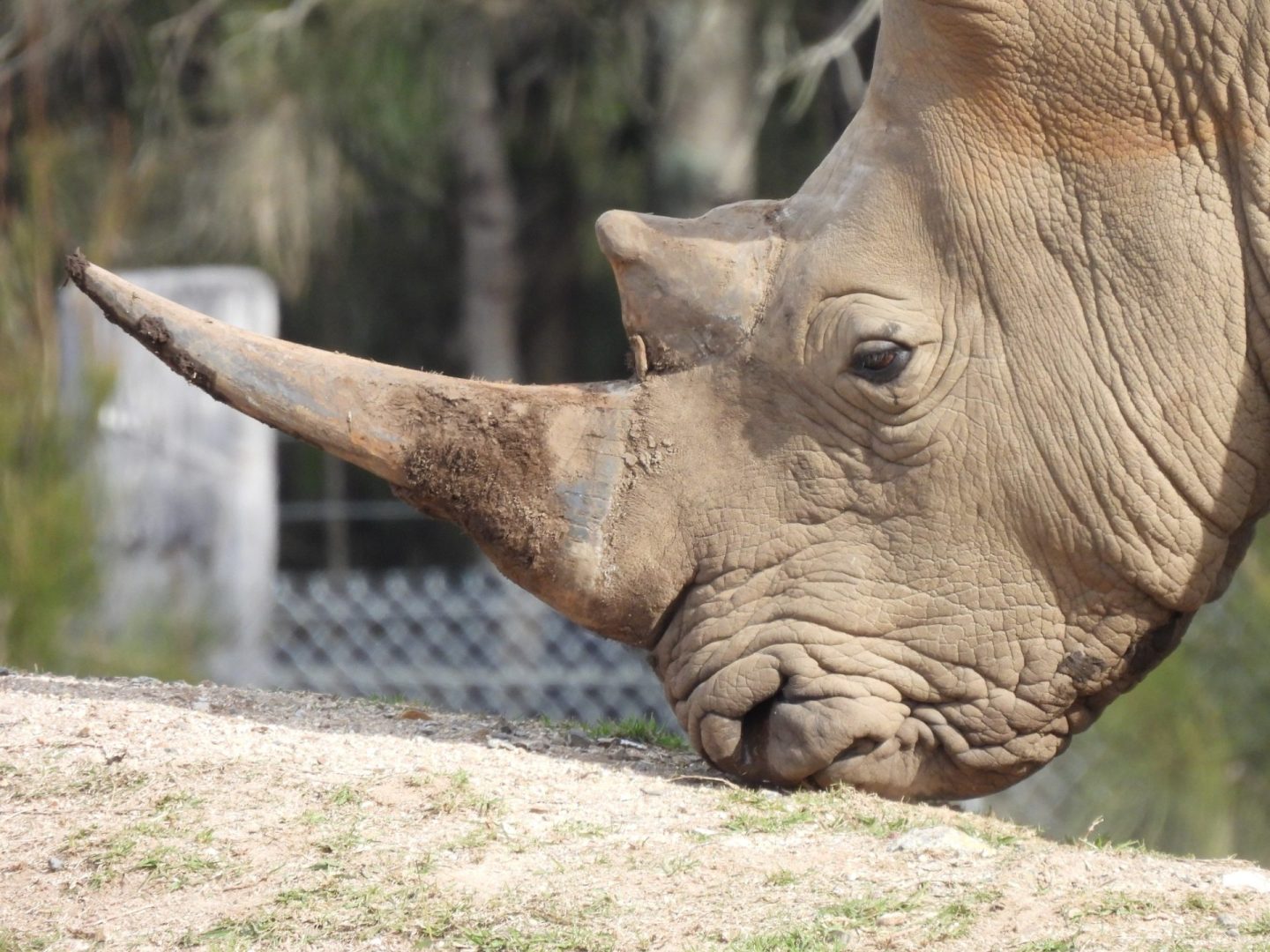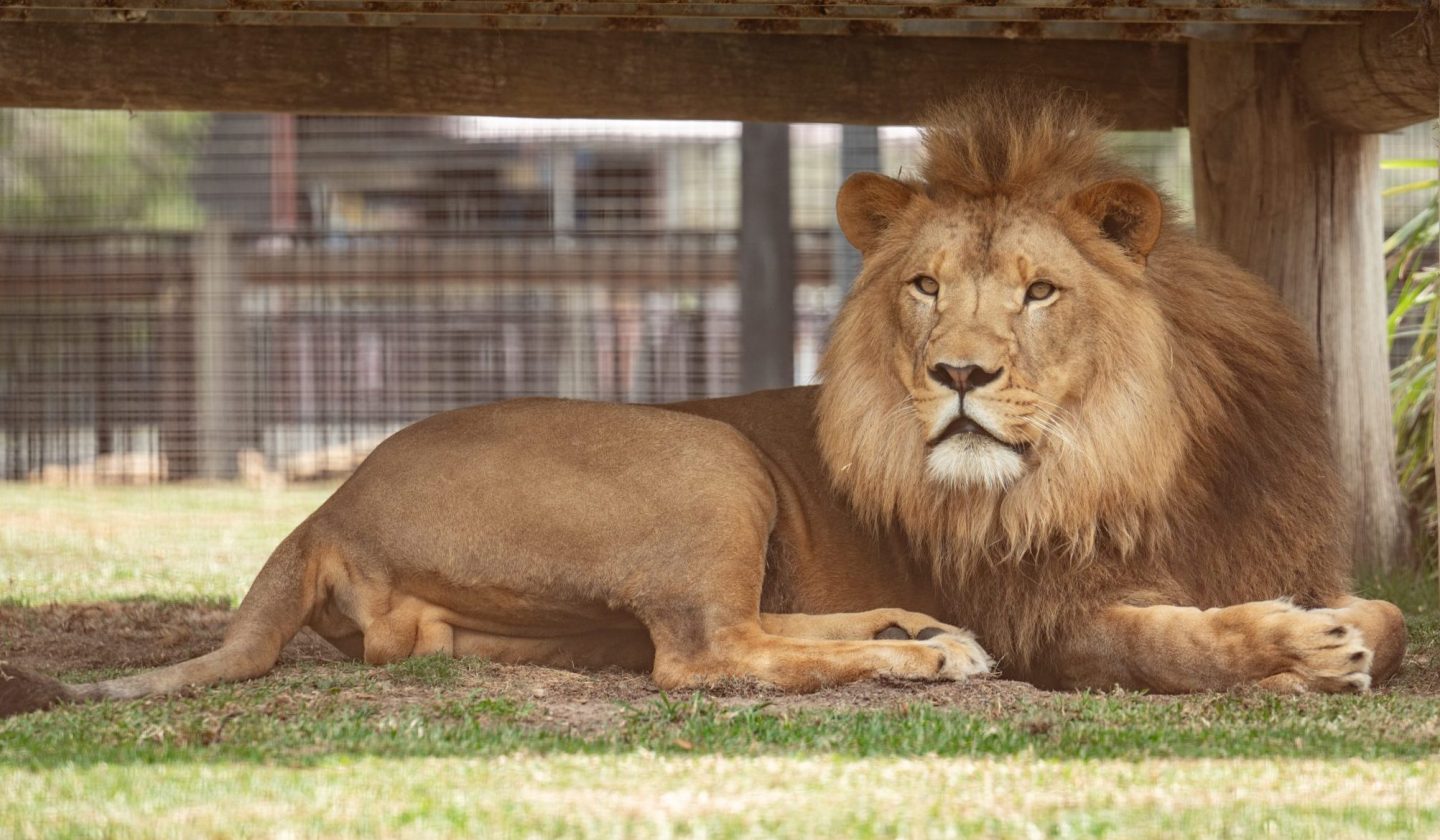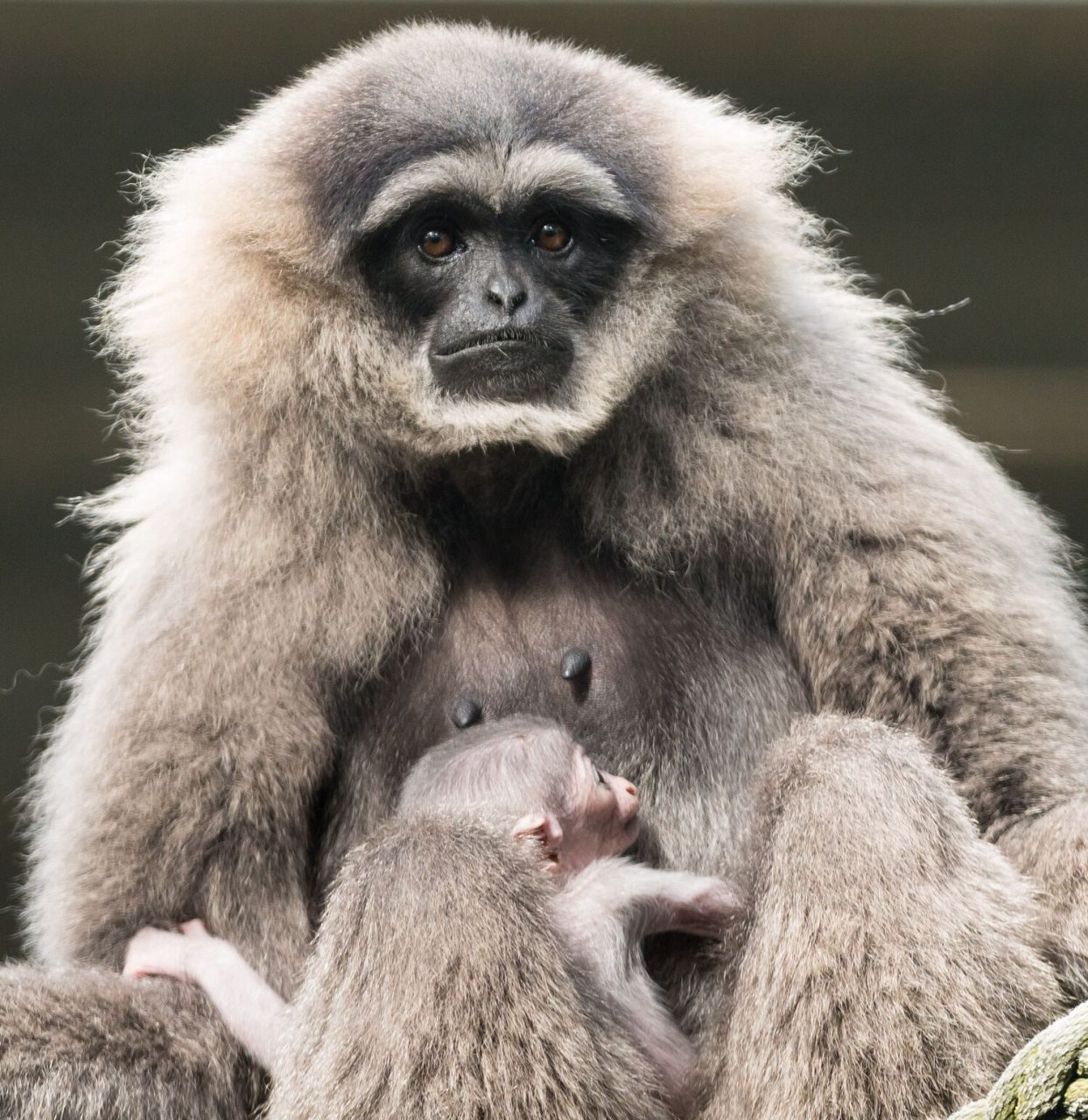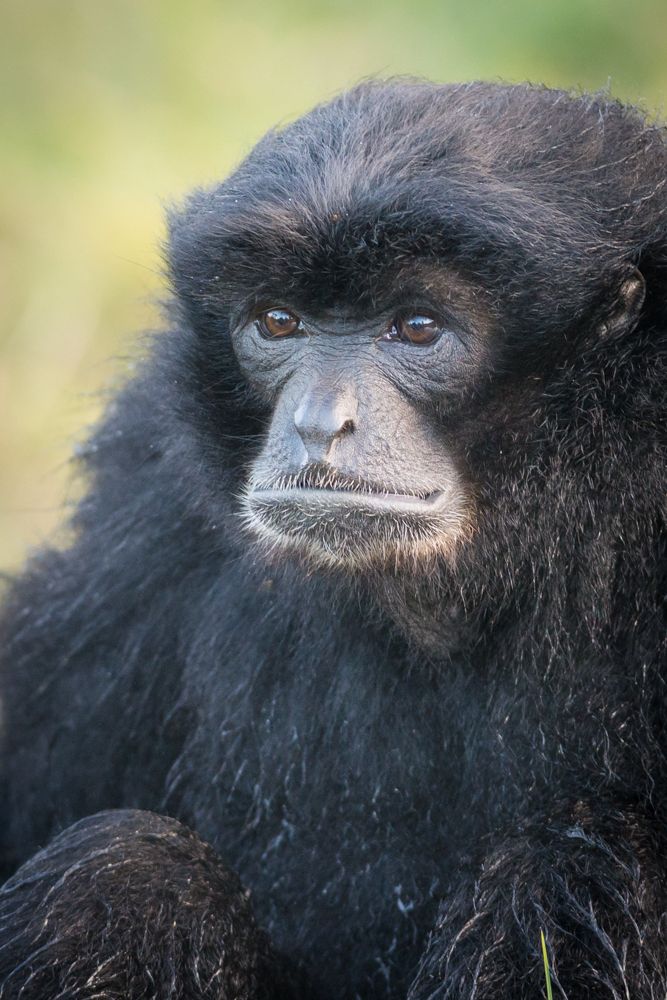PLAINS ZEBRA
SPECIES: Equus burchellii



Plains Zebras migrate annually across Namibia and Botswana in search of better grazing pastures, forming Africa’s longest land migration of over 400kms. Zebra can reach speeds of 65kph. They can also deliver strong kicks and bite when threatened
Description
Mid-sized and thick bodied, Zebras are recognisable by boldly striped black and white with a black or dark muzzle. All Zebras have individual markings with no two alike. Their necks are maned with short hair and their tail ends in a longhaired tuft
Distribution
Southern Sudan and southern Ethiopia, east of the Nile River to southern Angola and northern Namibia and northern South Africa
Diet
Herbivore; Feeding selectively on particular grass species
Reproduction
Breeding occurs throughout the year although peak births occur during the wet season. The herd stallion has sole breeding access to the females
Social structure
Zebras are a highly social species, living in complex social systems. Harems comprise a single stallion to several unrelated mares and their recent offspring. Bachelor groups also exist. Groups come together to form migrating herds of 10,000 or more for safety against predators.
ANIMAL FACTS
PLAINS ZEBRA
GROUP NAME
Herd
SIZE
Weight: 200-300kgs Size: height 110-145cms, length 2-2.5m
BABY NAME
Foal
Habitat
Plains zebras are a highly adaptable species living in areas with course vegetation possessing little nutritional value, however needs daily access to water. They live in grasslands and savanna woodlands, both tropical and temperate

Did You Know?
Zebra use their stripes to confuse predators by huddling together – it’s hard to tell where one animals ends and the next begins
MEET OUR
ANIMAL FAMILY

stay in touch with Your Australian wildlife parks family
Stay up-to-date and subscribe to our newsletters
Your information is only utilised by Australian Wildlife Parks. For more information see our privacy policy.
MOGO Wildlife Park acknowledges Aboriginal people as the traditional custodians of the land on which our offices and operations are located, and we pay our respects to Elders past, present and future.
© 2019-2024 Australian Wildlife Parks • Privacy Policy • Disclaimer
